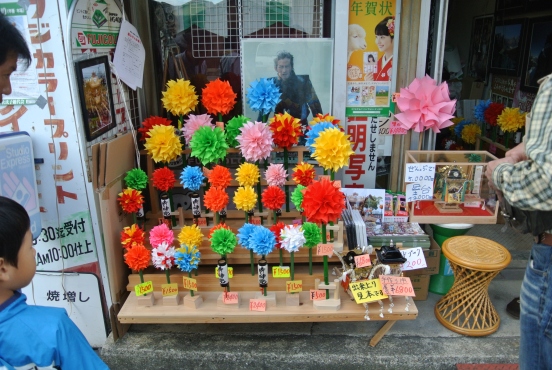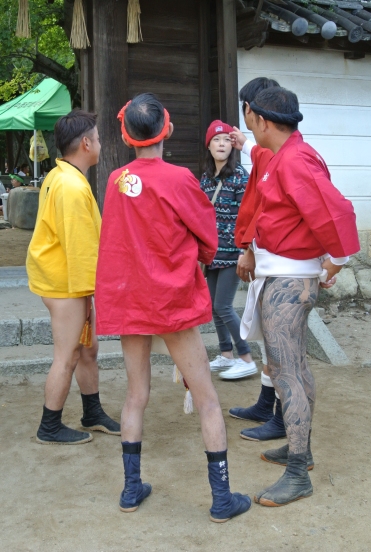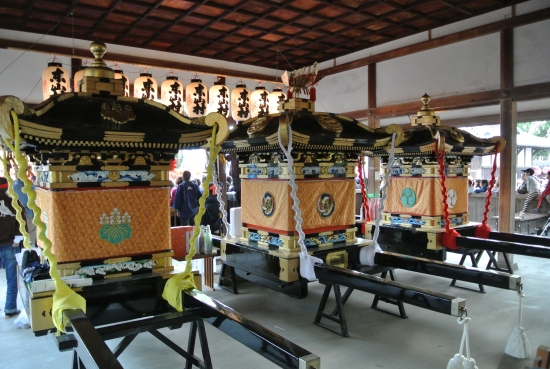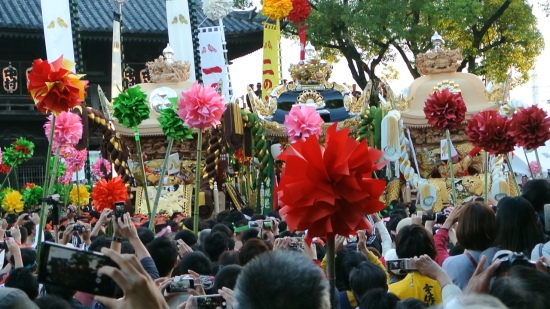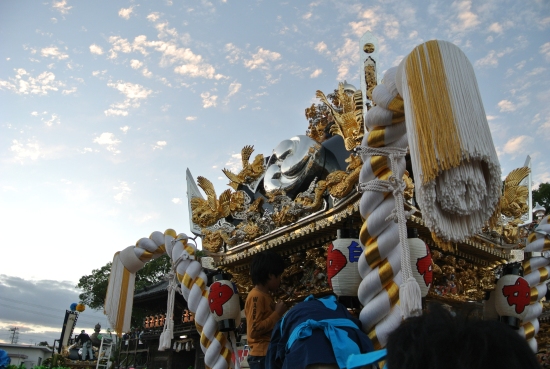
I attended a fascinating neuromarketing talk at Hyper Island by Professor Gemma Calvert, Director for Research & Development at the Institute on Asian Consumer Insight at the Nanyang Technological University.
Neuromarketing is the application of neuroscience to marketing to uncover consumers’ subconscious needs, preferences and biases.
Three things that I found most enlightening that triggered some thoughts relating to my work in Learning & Development:
- People don’t do what they say they do
- Speed of an emotional response trumps the speed of a rational one
- A congruent multi-sensory experience has significantly more impact than one-faceted experience
People don’t do what they say they do.
Some standard marketing research tools may not be effective because of three things we know about people:
- They don’t always tell the truth
- They don’t think how they feel
- They don’t do what they say
In the case of 1. it can happen, particularly in Asia, when we don’t want to embarrass or offend the other party, or admit to a flaw or an undesirable behavior, or it is an uncomfortable or taboo topic that we want to avoid discussing.
Many also don’t think of how they feel. Consumers who are asked about how they feel about – or why they prefer – a product may make up an answer to rationalize an emotionally-led decision. In an agency environment, where everything moves extremely fast, a lot of colleagues move on instinct, especially in people / HR matters. Part of my job requires a lot of understanding of how people work, and I often ask leaders to tell me about what they look for in new hires, why they approach situations in a particular way etc. And I have discovered that quite a few find it hard to articulate their feelings and rationale for their behavior, even though they are extremely successful in their business, because they’ve never consciously thought of it.
Finally, many don’t do what they say, because they make up an answer to rationalize an instinct- or emotion-led decision.
In the area of Talent, this brings to mind the various surveys we do to detect the ‘pulse’ of the workforce: training surveys, engagement surveys, you name it. Employees may be overthinking their responses, or responding because they think that’s they way they should respond. So how accurate is the data we collect, and subsequently how effective and impactful is our talent planning as a result?
During the talk, Professor Calvert also spoke about Implicit Reaction Time tests, which are tests conducted at a speed that bypasses the conscious brain. These can be mobile or web based and are scalable. What if we applied this to our staff engagement surveys to uncover what they really think about the company? I wonder if results would be significantly different.
Speed of an emotional response trumps the speed of a rational one
There are two brain systems that control our behavior. One is Unconscious Emotion, which is very fast, involuntary and associative. The other is Conscious Thinking, which is slow, considered, and rule following.
In managing people, particularly in difficult and conflict situations, facts are important. However, managers often neglect to address the emotion behind it. So they may have addressed the situation, but may not have solved the problem. The team member continues to be unhappy even if the solution is the right one. Knowing that emotion drives our decisions, and that we rationalize them, addressing the emotion might be as equally important as discussing the facts and next steps.
A congruent multi-sensory experience has significantly more impact than one-faceted experience
The brain is built to integrate information coming in from different senses. Receiving sensory information that are complimentary to each other can be significantly more powerful than receiving it only from one source.
An example: Pringles taste 15% fresher and crisper when high frequency sounds were boosted in real time. So the crispness of the packaging enhances perception of crispness and freshness of potato chips.
Extrapolating this to the workplace, perhaps we need to start paying attention to the employee experience. In many companies, systems are not integrated, or are not viewed holistically, so employees do not gain a consistent message or experience in the company. If a company prizes collaboration, is collaborative working integrated into the infrastructure, rewards, and even the way training workshops are run? If a company prizes innovation, how is it encouraged and rewarded? How is innovation reflected in the corporate policies and the business operations, and not just innovation only for its consumers products or services? If a company wants to increase its digital revenues, how should its IT infrastructure change to support it?
How would making these changes impact performance in the workplace?

